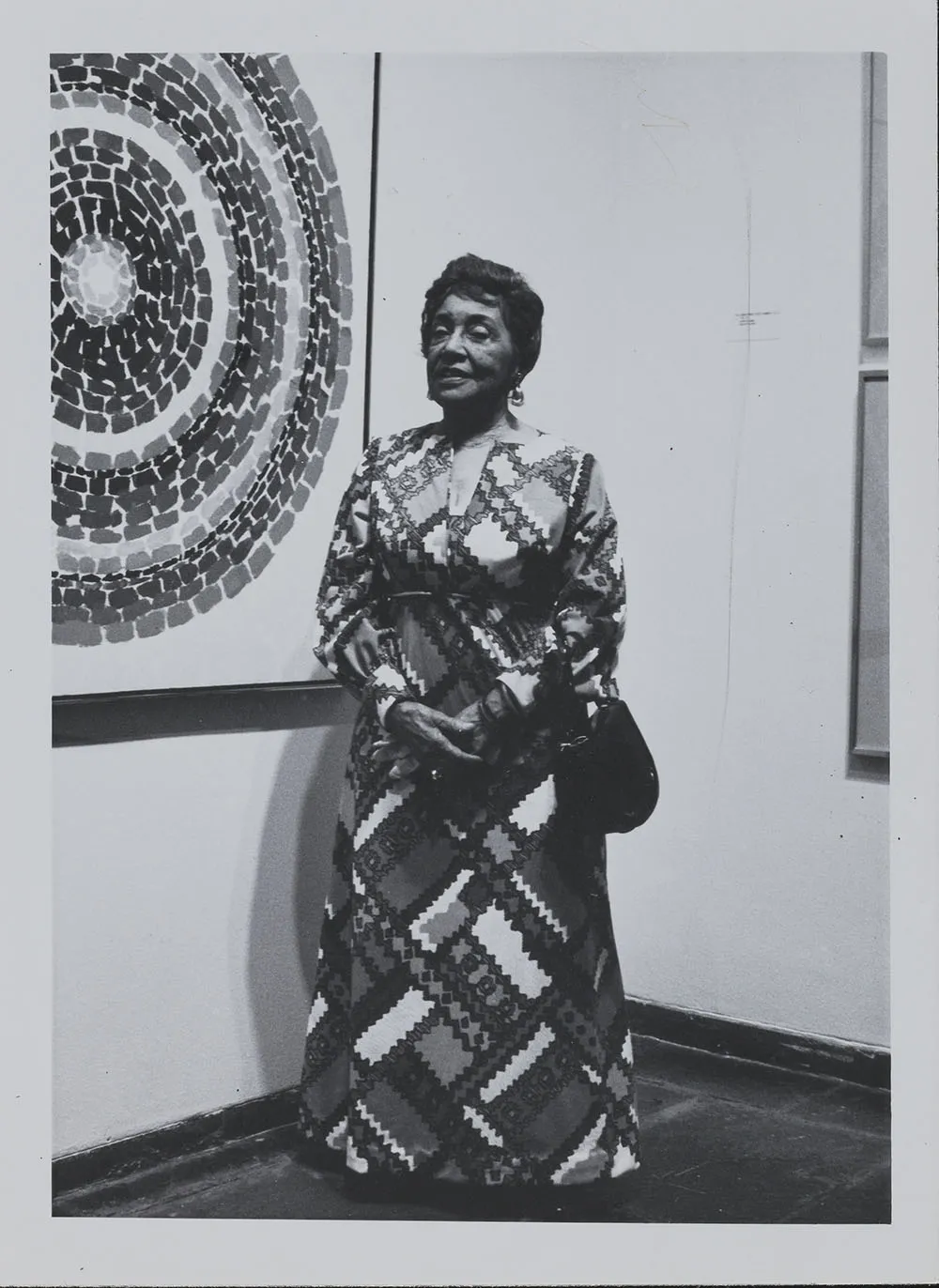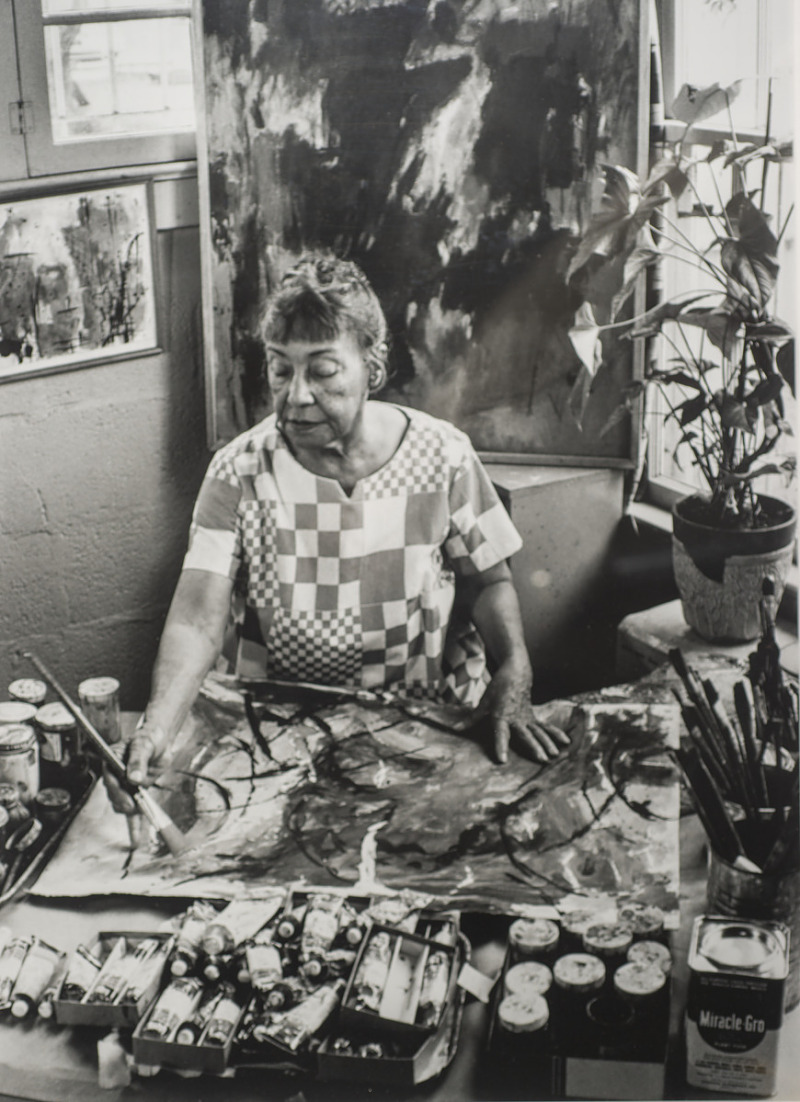Laura Knight in 5 Paintings: Capturing the Quotidian
An official war artist and the first woman to be made a dame of the British Empire, Laura Knight reached the top of her profession with her...
Natalia Iacobelli 2 January 2025
Abstract Expressionism was a movement dominated by male artists. Painters such as Mark Rothko, Jackson Pollock and Willem de Kooning have held center positions on the stage as the stars of the movement, leaving many female Abstract Expressionists in their shadows – their work has been overlooked and underappreciated. One of these artists is Alma Thomas, a painter, educator and the first African American woman to have a solo exhibition of her work in the Whitney Museum of Art.

Born in 1891 in the state of Georgia, Thomas exhibited an interest in the arts as a young girl and dreamt of becoming an architect. In 1907, as a result of escalating racial tension in the South, her family made the decision to move to Washington DC, hoping for a better quality of life and a more positive future.
Following the family’s relocation, Thomas excelled in school and in 1924, graduated from Howard University with a degree in Fine Art. She pursued a career as an art teacher and would continue to teach until her retirement in 1960. Despite finding her vocation in education, Thomas still found time to paint in her spare time and upon retiring, committed fully to her practice. Enrolling in classes at the American University, Thomas learned about color field painting and theory and began to develop her signature style.




Alma Thomas has also been recognized posthumously, most famously by Michelle Obama. In 2009, two of Thomas’ paintings were chosen by the First Lady to be hung in the White House for the duration of the Obama presidency. The painting Resurrection can be seen in the below photograph, hanging in the newly renovated Old Family Dining Room in 2015. It is poignant to see the first African American president recognize Alma Thomas, as she was a woman of firsts herself– transgressing expectations both artistically and socially and making a greater contribution to the art world than art history has allowed us to know.

DailyArt Magazine needs your support. Every contribution, however big or small, is very valuable for our future. Thanks to it, we will be able to sustain and grow the Magazine. Thank you for your help!